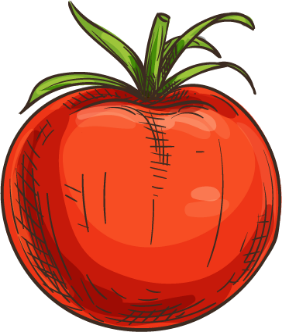Duluth Edison Charter Schools

District Details
Duluth, Minnesota
District Enrollment: 1398
District F/R: 39%
District ADP: 53%
Production Model: Contracted Food Service Management Company
School Year Implemented: January 2017 – December 2017
# of Grants Awarded: 1

District Details
Duluth, Minnesota
District Enrollment: 1398
District F/R: 39%
District ADP: 53%
Production Model: Contracted Food Service Management Company
School Year Implemented: January 2017 – December 2017
# of Grants Awarded: 1
Participating Schools
| Raleigh Academy |
|---|
| Age Group: K - 5 |
| School Size: Medium (301-900) |
| School Environment: Suburban |
| School F/R: 52% |
| School ADP: 94% |







